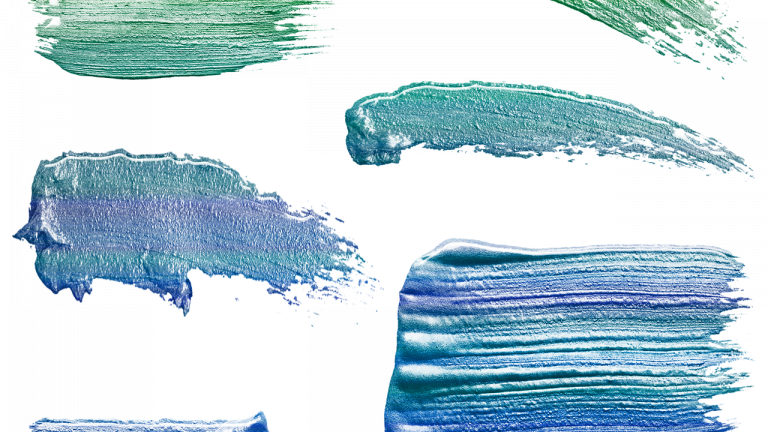In 2022, having a business website is no longer useful but necessary. Without one, the two billion people who purchase goods and services online will be oblivious to what you could offer them. This means that, without doing anything, you’re losing access to one of the world’s largest and most lucrative marketplaces.
However, having a website and having a good website are different things, and your color scheme plays a big part in what this online platform says about you. This is because a color scheme can help cement your brand, creating brand recognition and, therefore, trust. For this reason, it’s important to not only focus on your layout and content but the palette you use to advertise your brand and products.
Here’s a brief guide to help you.
Green
Green is a color chosen by lots of big brands. From a psychological perspective, it symbolizes growth and fertility, which is why many financial businesses use it. However, this color palette is used in a variety of sectors.
Take this online casino, Mr Green, as an example, which incorporates this color not only in its branding but also in its name and as a memorable character in a sharp green suit. The color has associations with luck, due to the four-leaf color and, as we know, luck plays a huge part in the slot, table games, and sports betting the brand offers, which is why it works so well for Mr Green.
The color is useful for Eco-friendly brands and those with a natural focus, due to its associations with the earth. Green also compliments proposing change or new ideas and discussing wealth creation or money-making opportunities.
Red
Red is, quite obviously, a statement color. It’s often chosen by brands who are unafraid of drawing attention, such as the Red Cross. This is a good example because the charity’s focus is usually on charged and emotionally intense topics. The color helps to demonstrate a passion for its work, drawing the eye and stimulating viewers to heed the startlingly red call-to-action buttons.
Red is also good for demonstrating energy and enthusiasm as well as drawing attention to issues and points with its vibrancy. Along a similar vein, red can also be effective in encouraging visitors to act. This color is also often associated with opulence and power, which could work beautifully with clothing brands.
Blue

What about blue? Blue is a rather conservative color when it comes to web design and is useful for conveying stability and trustworthiness. It’s often used by brands whose reputation is pivotal to their success as a company, such as banks or building societies. NetNation is a good example, with its website promising reliable web hosting services for small businesses.
It’s this reliability that’s at the core of its mission statement and perfectly complemented by its color scheme. For this reason, blue is useful for creating trust and relaxing the viewer, as well as conveying professionalism and expertise.
Purple
Finally, another popular choice: purple. Once the color of royalty, purple is still associated with luxury and decadence. Often used by high-end brands, it’s also seen to have a certain mysticism to it. These qualities make it ideal for lifestyle and wellness brands, whether they’re offering spa services, hotel stays, or meditation classes. DDNA, a website selling jewelry, is a great example.
Purple is ideal if you’re selling prestige products or if your focus is on relaxation and/or self-care. So, it can be suitable for a lot of different industries, from beauty to eCommerce.
When it comes to choosing colors for your website, it’s not enough to go with what you like or what you think looks good. There’s much more to it, as this article has hopefully demonstrated. Pick well to reinforce your brand persona online and cleverly mold the way viewers perceive your business.
